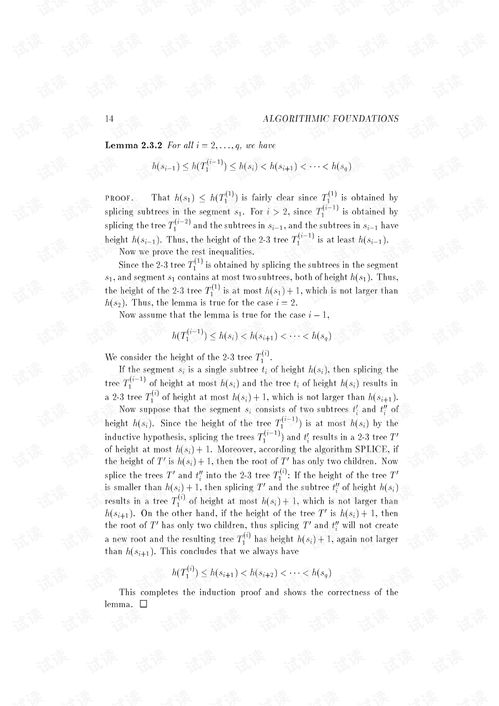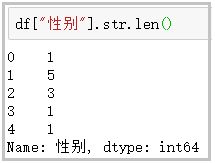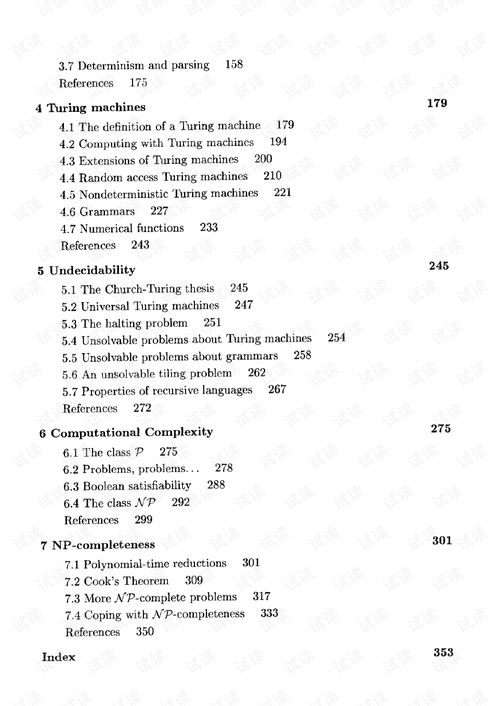Understanding the Mathematical Foundations of Cryptocurrency
Introduction to Cryptocurrency

Introduction to Cryptocurrency

Cryptocurrency, often referred to as digital or virtual currency, has gained significant attention in recent years. It operates on a decentralized network, utilizing cryptographic techniques to secure transactions and control the creation of new units. This article delves into the mathematical principles that underpin the functioning of cryptocurrencies, providing a deeper understanding of their mechanics.
Hash Functions: The Building Blocks of Cryptocurrency

Hash Functions: The Building Blocks of Cryptocurrency

Hash functions are a fundamental concept in cryptography and are extensively used in cryptocurrency. A hash function takes an input (or 'message') and produces a fixed-size string of bytes, which is typically a 'hash'. The key properties of a hash function in the context of cryptocurrency include:
Collision Resistance: It is computationally infeasible to find two different inputs that produce the same hash output.
Pre-image Resistance: Given a hash output, it is computationally infeasible to determine the original input.
Second Pre-image Resistance: Given an input, it is computationally infeasible to find another input that produces the same hash output.
These properties ensure the security of cryptographic transactions and the integrity of the blockchain.
Public Key Cryptography

Public Key Cryptography

Public key cryptography is another crucial mathematical concept in cryptocurrency. It involves the use of two keys: a public key and a private key. The public key is used to encrypt messages, while the private key is used to decrypt them. Here are the key elements of public key cryptography:
Key Generation: A mathematical algorithm generates a pair of keys, one public and one private.
Encryption: The sender uses the recipient's public key to encrypt a message, ensuring that only the recipient can decrypt it using their private key.
Decryption: The recipient uses their private key to decrypt the encrypted message.
This method is used in cryptocurrencies for secure transactions and the creation of digital signatures.
Digital Signatures

Digital Signatures

Digital signatures are a way to verify the authenticity and integrity of a message or transaction. They are based on public key cryptography and involve the following steps:
Hashing: The sender hashes the message using a hash function.
Signing: The sender encrypts the hash with their private key, creating a digital signature.
Verification: The recipient uses the sender's public key to decrypt the digital signature and compare it with the hash of the received message.
If the two hashes match, the message has not been tampered with, and the sender's identity is verified.
Consensus Mechanisms

Consensus Mechanisms

Consensus mechanisms are essential for cryptocurrencies to maintain a secure and decentralized network. They ensure that all participants agree on the state of the blockchain. Here are some common consensus mechanisms:
Proof of Work (PoW): Miners compete to solve complex mathematical puzzles, and the first to solve it gets to add a new block to the blockchain. This process is energy-intensive and requires significant computational power.
Proof of Stake (PoS): Participants are chosen to create new blocks based on the number of coins they hold and are willing to 'stake' as collateral. This mechanism is more energy-efficient than PoW.
Delegated Proof of Stake (DPoS): Participants vote for delegates who will create new blocks on their behalf. This system is designed to be more scalable and efficient than PoS.
Each consensus mechanism has its own mathematical underpinnings and plays a crucial role in the security and stability of the cryptocurrency network.
Conclusion

Conclusion

Cryptocurrency relies on a complex interplay of mathematical principles to ensure security, privacy, and decentralization. From hash functions and public key cryptography to digital signatures and consensus mechanisms, these mathematical concepts form the backbone of the cryptocurrency ecosystem. Understanding these principles is essential for anyone looking to delve deeper into the world of digital currencies.
Tags: Cryptocurrency Mathematics HashFunctions PublicKeyCryptography DigitalSignatures ConsensusMechanisms Blockchain Security

